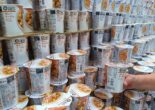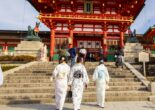It has gone from an ethnic gangster enclave to an ethnic restaurant enclave. But Shin-Okubo, Tokyos Koreantown, continues to reinvent itself. The recent incarnations include their own boy bands, and stalls featuring never-before-seen street foods. Some are right up there in the cuteness league with the offerings from Akihabara and Harajuku. Read more here.
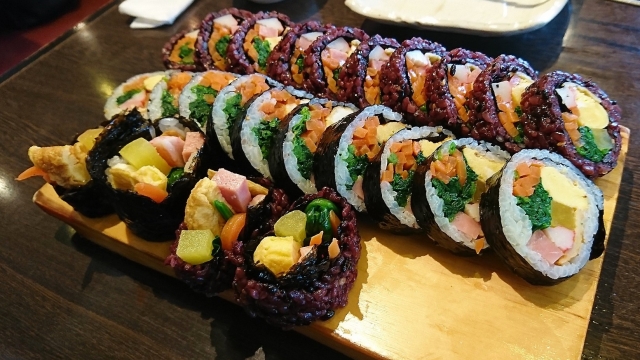
The History of Shin Okubo
Not many years ago, Korean restaurants were hidden away on the back streets. Korean cuisine was regarded as uncouth and unrefined. Now, things has changed drastically, and nowhere more so than in Shin-Okubo, the station on the Yamanote line between Takadanobaba and Shinjuku.
The Korean restaurant s in Shin-Okubo have crowded out other establishments from both the main and back streets. There used to be both traditional Japanese and Thai restaurants in the area, but the international stores and restaurants have moved to the west side of the station, where they have become so many that there even are guided tours of the international quarter.
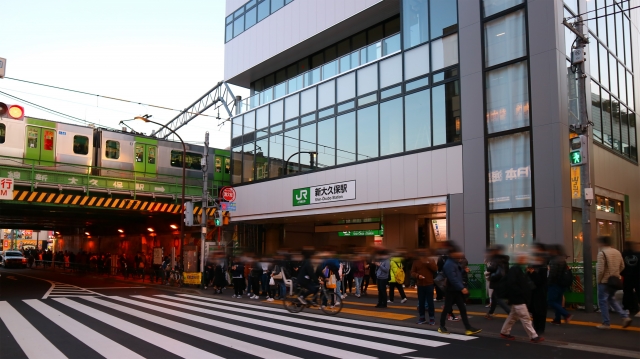
But Shin-Okubo has firmly established itself as the Tokyo Koreatown, the go-to place in Shinjuku for all things Korean in Japan. Even if it suffers from both overtourism and cultural dilation – with the Japanese as the primary visitors and customers.
The history of Shin-Okubo as Koreantown in Tokyo started after WWII. But Japan and Korea has long had a love-hate affair, starting way before Toyotomi Hideyoshi invaded Korea at the end of the 16th Century. While the allied forces of China and Korea made enormous losses, the Japanese ultimately lost the war and retreated (occupying Okinawa in the process).
Fast-forward to the 19th century, and the Japanese annexation of Korea, turning the country into a Japanese province for more than 60 years. That ended with World War 2, when Japan lost and the Korean war ultimately broke out.
During the occupation, Koreans were Japanese citizens (albeit second class). Many were imported to Japan as laborers, and others moved on their own. The Korean cuisine we think of as traditional originated in protests against the Japanese food that was forced on the Koreans, although some Japanese dishes (like tonkatsu) were embraced as part of their cuisine, both in Japan and on the Korean peninsula.
This is the reason Japan has so many Koreans living in the country, often well integrated and part of the Japanese civic society. But the Koreans in Japan preserved their own culture – and cuisine.
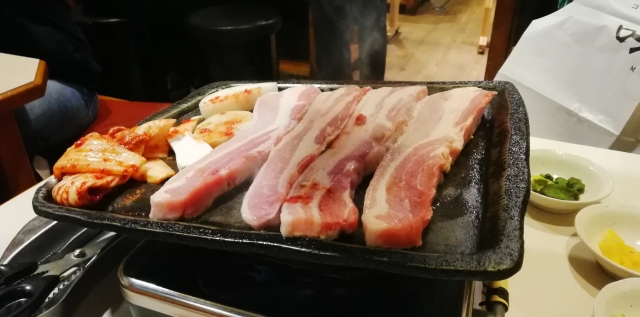
For a long time, Korean restaurants were only found in the seedier parts of the cities. Koreans were for a long time still regarded as inferior to the native Japanese by many people. It was only when the Japanese started to embrace yakiniku grilled meat (which is least nominally Korean), that the restaurants started moving into the main streets, and chains like Yakiniku King and Gyu-Kaku started to emerge. Both serve something that can best be described as “Korean Light”, adapted to mainstream Japanese taste.
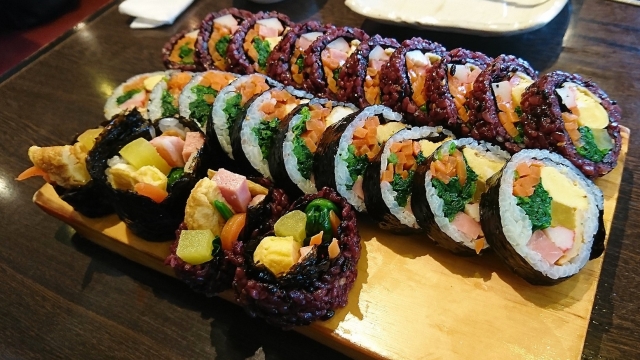
In the 2000’s, Japan faced a boom in Korean culture, embracing Korean soap operas (Dorama) with gusto. This started with the tearjerker The Winter Sonata, and subsequently Japan was flooded with Korean soap operas and K-pop. It helps that Japanese fans – especially female fans – appreciate the physical appearance of their idols more than their singing or acting capabilities. And not just idols. There are several restaurants in Shin-Okubo staffed by pretty boys, attracting an appreciative female clientele.
Shin-Okubo has come a long way since it was the turf of Korean mafia gang wars. Now, the area is not just a Koreantown, chock full of Korean restaurants, cosmetic and gift shops. It even features its own theatre, the home stage of a Japanese-grown Korean boys band.
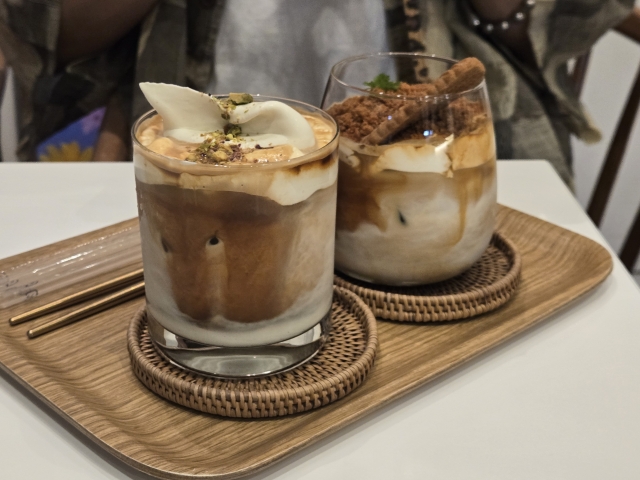
Shin Okubo’s Cafe Culture
Korean cafes and sweets stores are a late addition to the mix of restaurants, serving “Chunkarons” (a Korean take on macaroons, with more filling than cake) and croffles – waffles made with croissant dough; just to mention two of the more visible inventions. You can still find places serving tea and old-style Korean sweets, but as Seoul has embraced the cafe culture and made its own, the Korean style cafes have spread to Japan, or at least Shin-Okubo, aided to no small extent by soap operas like “Coffee Prince” and “Cafe Minamdang” (at least the former wildly popular in Japan).
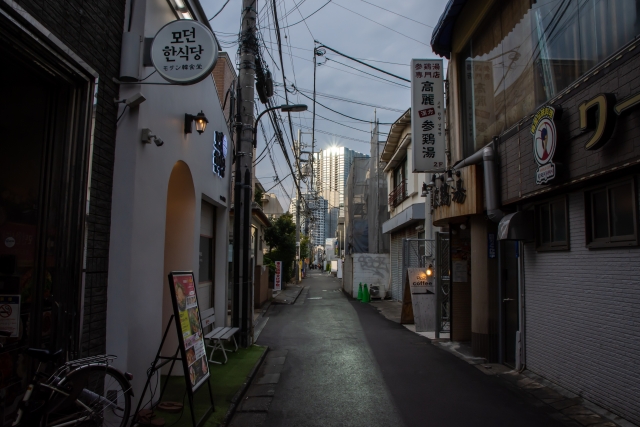
Some of the original Korean restaurants are still there, but Shin-Okubo has changed a lot in the last few years. The pandemic made an impression as everywhere else, but it was a boon for the restaurant owners and store operators. Instead of flying to Korea the Japanese customers would go to Shin-Okubo, even coming from Kyushu and Tohoku to experience a taste of Korea – literally.
The old restaurants in Shin-Okubo offered traditional Korean cuisine, often close to home cooking. They have been overrun by places serving fried chicken, Korean style, so successfully that they have started to spread to other parts of Tokyo and all over Japan. And there are yakiniku restaurants by the dozen, many serving simplified versions of traditional Korean dishes with a dollop of kimchi, the draw as often as not being the staff rather than the food.
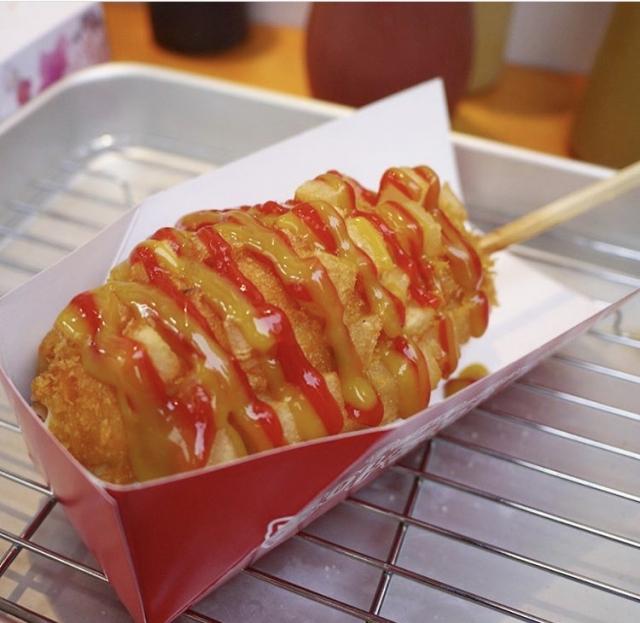
The Shin-Okubo area is also known as an area where you can walk and eat, something regarded as inconceivable on more traditional Japanese restaurant streets. Getting a paper cup of Korean Oden and strolling while gaping at the latest cosmetics and display menus is fun, but problematic as there are no waste paper baskets, and the cup is half full of soup. The place where you bought it will accept the garbage, but nowhere else. There are no places to sit on the street either. And if you think disposing of a paper cup half full of oden soup, imagine how you can get rid of a plate of Toppogi sauce (if you are unfamiliar with Korean cuisine, it is the sticky rice bars served with egg and tofu in a spicy red sauce).
Apart from the many eateries lining the streets, Koreantown has grown plenty of omiyage stores, where memorials of K-pop-groups are sold. They vary from simple posters and stickers to unique signed collectors items from concerts and events, things you can not find anywhere else (except, possibly, in Korea). They compete for the street frontage with cosmetics stores, which have sprung up by the hundreds as Korean cosmetics have established themselves firmly in the Japanese market – now being sold in mainstream department stores as well. For the visitor, however, the best answer to the question where to buy souvenirs is the same as in any tourist location: The local Don Quijote.
If you want to know more about other articles about fun places in the Yamanote Line, check this article about Nippori!
Stay tuned for more exciting content like this! Follow us on our social media platforms and check out our blog regularly to stay updated on the latest news, trends, and insider stories from Japan. Don’t miss out on future updates—sign up for our newsletter for exclusive content delivered straight to your inbox!
Related Articles
Warning: Undefined array key "sfsi_threadsIcon_order" in /home/veremosglobal/tokyoroomfinder.com/public_html/blog/wp-content/plugins/ultimate-social-media-icons/libs/controllers/sfsi_frontpopUp.php on line 165
Warning: Undefined array key "sfsi_blueskyIcon_order" in /home/veremosglobal/tokyoroomfinder.com/public_html/blog/wp-content/plugins/ultimate-social-media-icons/libs/controllers/sfsi_frontpopUp.php on line 170
Warning: Undefined array key "sfsi_bluesky_display" in /home/veremosglobal/tokyoroomfinder.com/public_html/blog/wp-content/plugins/ultimate-social-media-icons/libs/controllers/sfsi_frontpopUp.php on line 266

